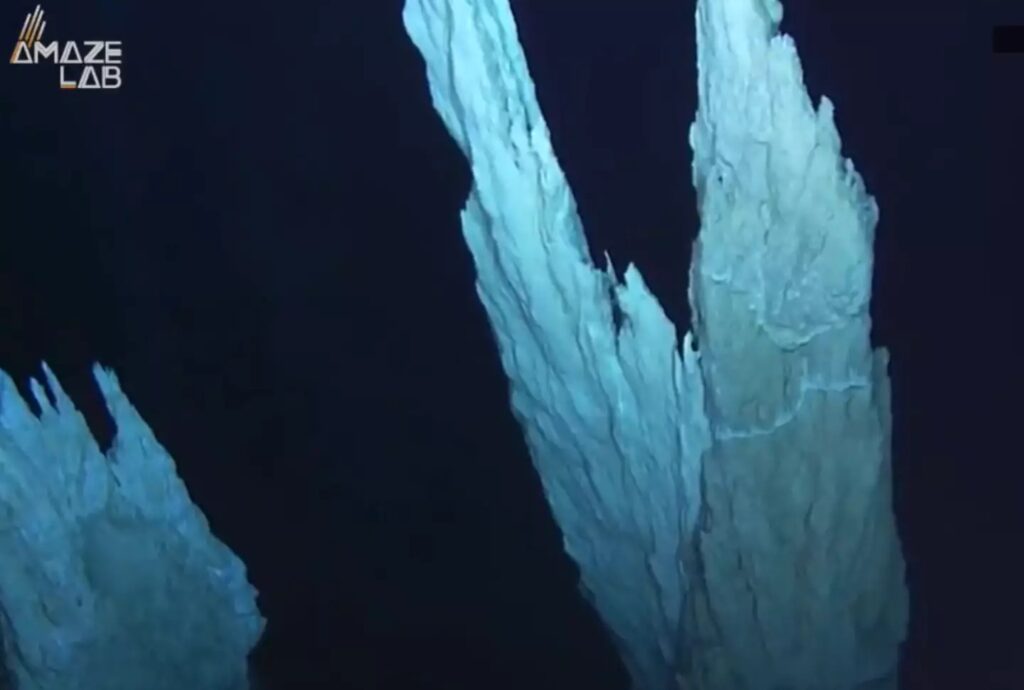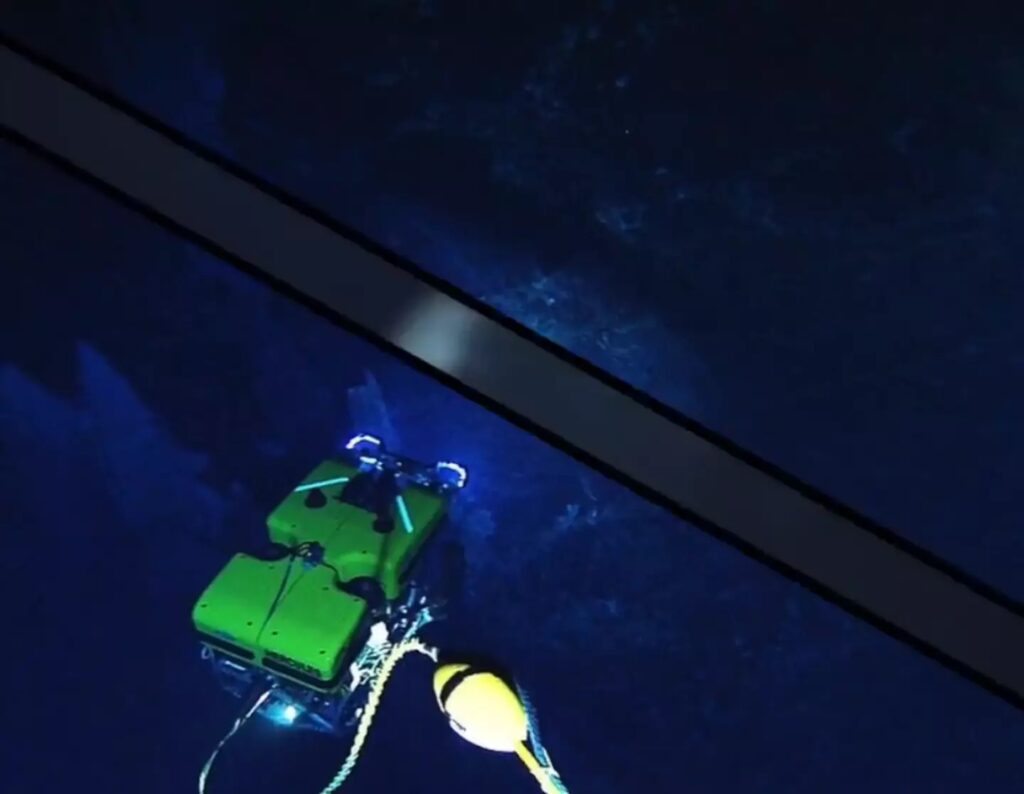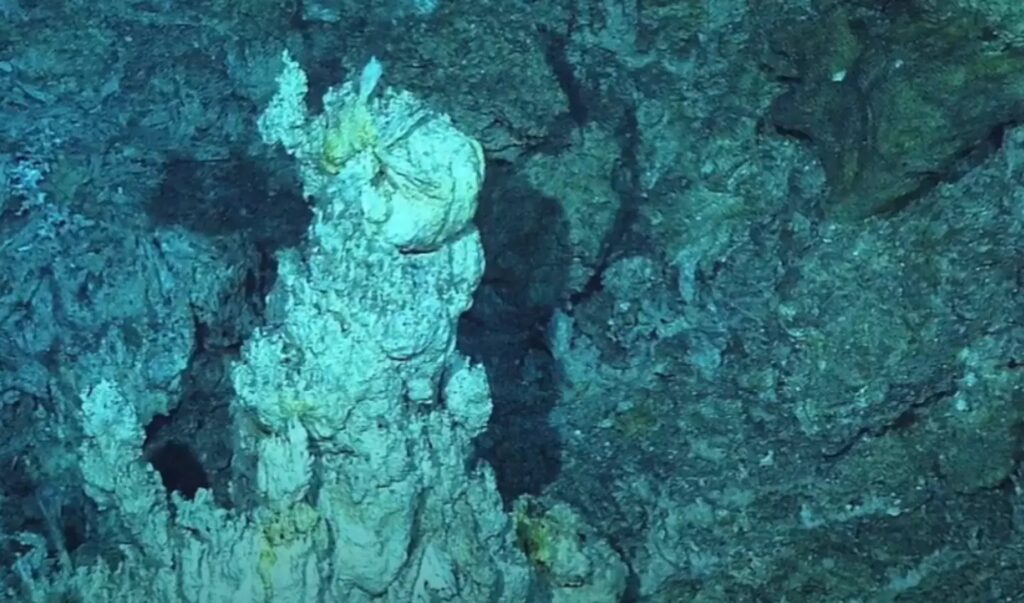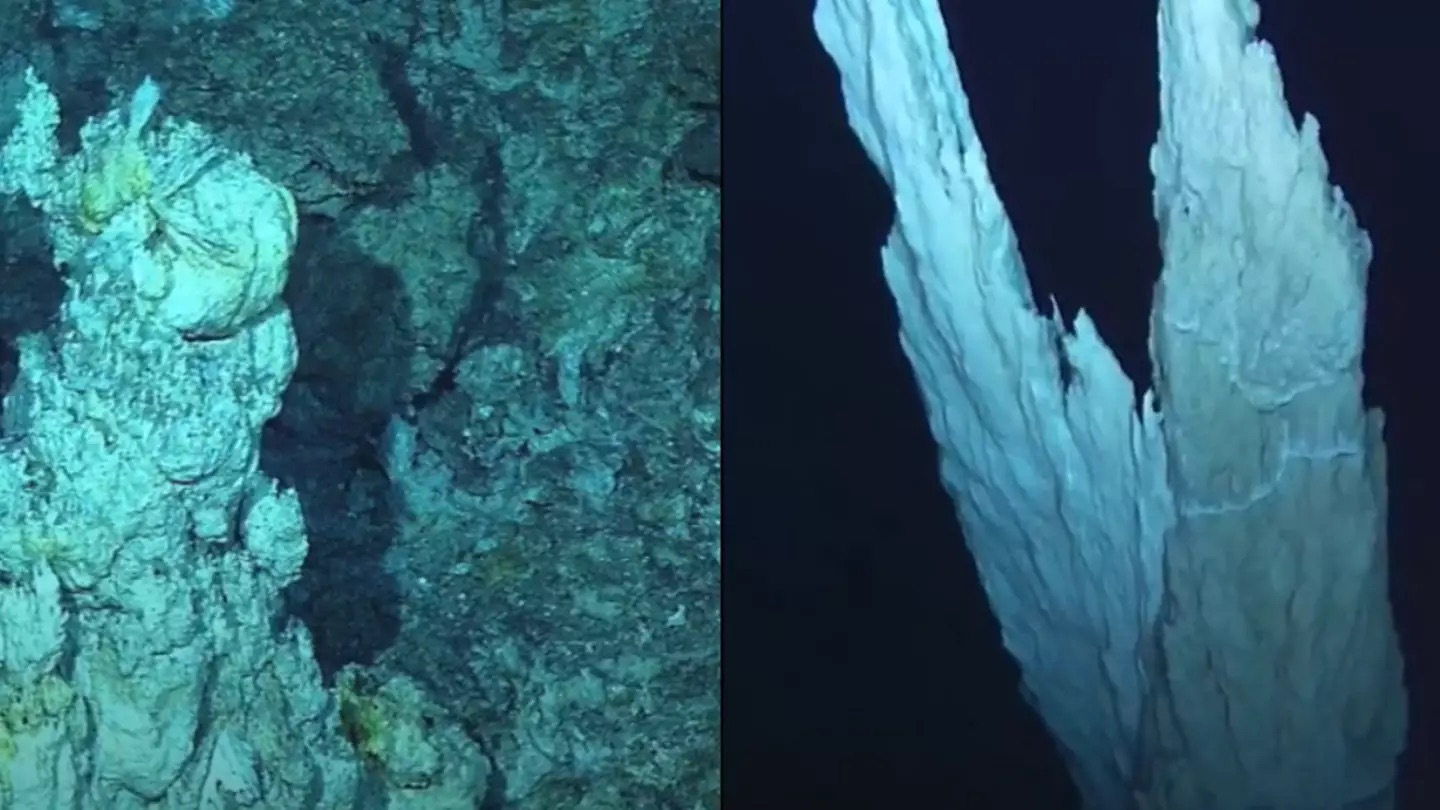It’s astounding that despite exploring only five percent of our oceans, the mysteries beneath the surface continue to fascinate us. Myths of underwater realms like Atlantis still ignite our imaginations, with some believing these ancient cities could exist today.
In a fascinating twist, scientists recently discovered a real “Lost City” deep in the Atlantic Ocean, teeming with marine life—perhaps even its own version of Sebastian the Crab.

This Lost City, located just west of the Mid-Atlantic Ridge, features towering rock formations that seem almost otherworldly. With massive walls, columns, and monoliths—some standing over 60 meters tall—it’s a remarkable underwater landscape.
Though it’s not the remains of a submerged human civilization, the Lost City holds immense scientific importance. Discovered in 2000, it is the longest-living venting environment known in the ocean, according to Science Alert.

There’s nothing else like it on Earth, and it could provide valuable insights into the kinds of ecosystems that might exist on other planets. Snails, microbial communities, and even crabs and shrimp thrive here, sustained by gases like hydrogen and methane emitted from the vents, despite the absence of sunlight and oxygen.
Unlike other deep-sea regions, the hydrocarbons in this area aren’t produced by sunlight but through chemical reactions on the ocean floor. This process might offer clues to the origins of life on Earth over 3.7 billion years ago.

Microbiologist William Brazelton told The Smithsonian in 2018: “This is an example of a type of ecosystem that could be active on Enceladus or Europa (moons of Saturn and Jupiter) right this second. And maybe Mars in the past.”
The tallest monolith in the Lost City, named Poseidon after the Greek god of the sea, is a nod to Greek mythology.
There are growing calls to protect the Lost City by designating it a World Heritage site, as human activity often threatens unique environments like this. Unfortunately, in 2018, Poland secured mining rights in the surrounding deep-sea area. Although they’re prohibited from disturbing the Lost City itself, any alterations to the nearby ecosystem could have severe consequences.
